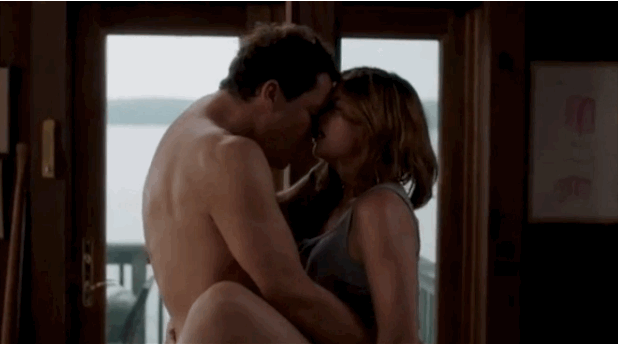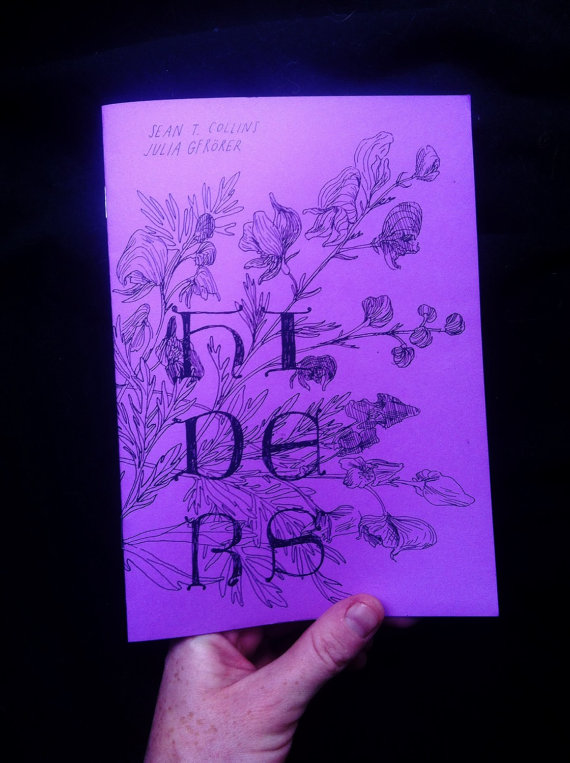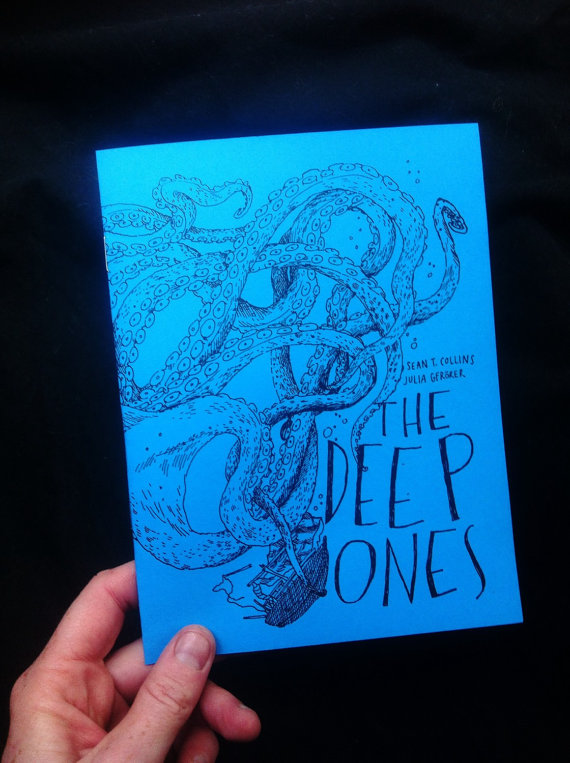How did they ever make a TV show of Fargo? The answer: Quite well indeed, surprisingly. At first, second, and even third glance, novelist Noah Hawley’s attempt to translate Joel & Ethan Coen’s Oscar-nominated Minnesota murder-comedy into an anthology series seemed like a frozen folly to rival Seward’s, no matter what the smash Season One success of Nic Pizzolatto’s True Detective augured for another author-helmed cable crime series with a fresh cast and story ever season. Even if Fargowasn’t a straightforward adaptation/expansion of the original, the unique Coen Brothers blend of small-town dorkiness, splatstick comedy, and unsparing despair could perhaps be imitated, but never duplicated, no?
Oh, yeah. Hawley wisely took the Rumsfeldian approach to the seemingly impossible task, solving the problem by making it bigger. Yes, his all-new story borrowed all the familiar elements from the original: the snowy setting, the North Central accents, the pregnant policewoman, the milquetoast murderer, the Mutt-and-Jeff hitmen, the escalating calamities, even little details like an awkward reunion over dinner, a chase over thin ice, and (in the show’s one true link to the movie) a hidden suitcase of loot marked with an ice scraper. But it also made a magpie-like raid on the Coens’ entire oeuvre: a hotel corridor from Barton Fink here, a parable-dispensing rabbi from A Serious Man there, and, in the form of Billy Bob Thornton’s hellaciously awful contract killer Lorne Malvo, a living embodiment of predatory evil out of No Country for Old Men everywhere. (Even composer Jeff Russo’s extraordinary score paid homage to a variety of Carter Burwell’s Coen-movie musical contributions.) The result was less a riff on the Brothers’ 1996 classic and more “Songs in the Key of Coen”—a tribute to the writer-directors’ unflagging ability to playfully puncture the thin ice of human decency and find the deadly cold beneath that may well have surpassed the original.*
All of which makes the show’s Emmy Award–winning first season (technically miniseries, but only the network and the Academy care) a tough act to follow. Not only does the show have to maintain that level of care and quality, it must do so with no Billy Bob, no Bilbo Baggins, and no out-of-nowhere star turn from Allison Tolman as an underappreciated master investigator with a bun in the oven. The sad fate that can befall an anthology series’ sophomore season is as plain as the mustache on Ray Velcoro’s face.
Fortunately, “Waiting for Dutch,” Fargo’s Season Two premiere, is no Redux Detective.
I reviewed the season premiere of Fargo, and talked a lot about its excellent first season too, for the New York Observer, where I’ll be covering the show this season.




